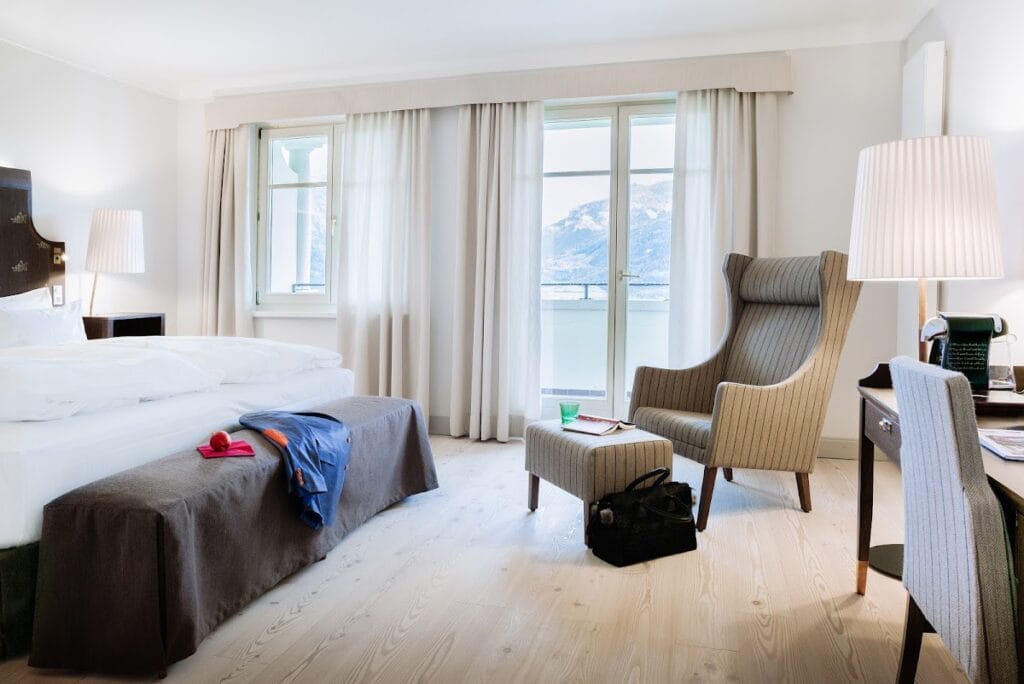Schloss Pichlarn: A Historic Castle and Hotel in Austria
Visitor Information
Google Rating: 4.7
Popularity: Low
Google Maps: View on Google Maps
Official Website: schlosspichlarn.at
Country: Austria
Civilization: Medieval European
Remains: Military
History
Schloss Pichlarn is situated in the municipality of Aigen im Ennstal in Austria. The origins of the castle reach back to the early medieval period when the area was part of the wider European feudal landscape.
The earliest records date to around the year 1009, with the first definite mention appearing in 1074. The site originally served as the ancestral home of a noble family known as the Herren von Püchlern or Pühelarn. Members of this family, including Walter (documented in 1139), Leo der Edle (mid-12th century), and Volkmar von Püchel (1191), were influential local lords. The family line is believed to have ended with Leo von Puhele, who died in 1360, marking the close of the original noble lineage connected to the castle.
Following the end of the Püchlern line, ownership shifted multiple times. In the 12th century, the Stift Admont monastery took possession of the estate and administered it for several centuries. Later, the property passed through the hands of the Kirchdorfer and Dumersdorfer families. From 1555 onward, the Herren von Stainach became the owners. It was during this period that two distinctive round towers were added, enhancing the castle’s defensive and residential character.
Throughout its history, Schloss Pichlarn served not only as a noble residence but also as a clerical retreat. Notably, it hosted Pope Pius II, born Enea Silvio de’ Piccolomini, which underscores its importance as a place of religious significance. By the mid-16th century, the castle was referred to as “Edelmannsitz Püchlern ob Irdning,” indicating its status as a noble seat overlooking the town of Irdning.
In the 20th century, the site entered a new phase when Fritz Ries acquired the property in the early 1970s. He transformed Schloss Pichlarn into a luxury hotel and established a golf course on its grounds. This new use attracted political gatherings involving notable German figures, highlighting the castle’s continuing role as a place for important meetings. Since 1972, the castle has operated as a five-star hotel, and after several renovations, it became part of the Imlauer Hotels and Restaurants group in 2021.
Remains
The current Schloss Pichlarn primarily reflects Renaissance architecture, incorporating building phases that began as early as the 11th century. The layout reveals its development over centuries, with the castle perched above the town of Irdning but officially located within the village of Gatschen in Aigen im Ennstal.
A defining feature of the structure is the pair of round towers constructed in 1555 during the tenure of the Herren von Stainach. These towers remain prominent elements of the castle’s silhouette and are indicative of mid-16th-century defensive architectural design. The masonry of these towers and the main building combines durability with the aesthetic qualities typical of the Renaissance period in the region.
The castle complex today includes a golf course established at the time of its conversion into a hotel in 1972. This course has expanded in step with the hotel’s development, blending recreational facilities with the historic landscape.
Photographs and lithographs from the 19th and 20th centuries provide visual documentation of the castle’s form and surroundings over time. Aerial views illustrate its setting beneath the Grimming massif, nestled within the Enns valley. These images serve as valuable records of the castle’s preservation and its evolution from a medieval noble seat to a modern hospitality venue.
While adapted to contemporary use, Schloss Pichlarn retains these core historical components, maintaining the integrity of its Renaissance origins and the later architectural additions.







